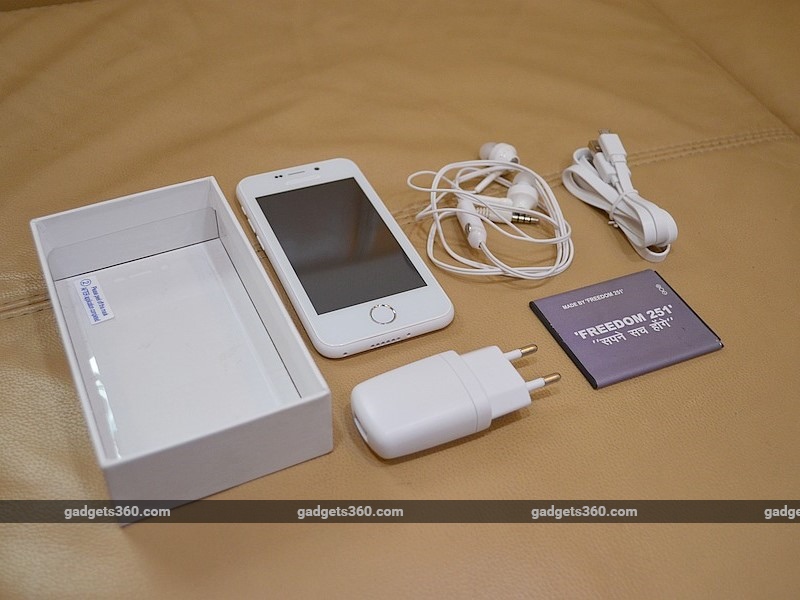Smart TV adoption has improved in many developed regions, along with China, as consumers increasingly seek streaming content from online video services. By 2019, more than 50 percent of TV households in Japan, the United States, the United Kingdom, France and Germany will have smart TVs, according to IHS Inc. (NYSE: IHS), the leading global source of critical information and insight.
According to the latest information from the IHS TV Sets Intelligence Service, smart TV household penetration in Japan has already reached 50 percent and will rise to 63 percent in 2019, followed by the United States at 57 percent. Among Western European countries, Germany and the United Kingdom are expected to reach 53 percent penetration for smart TVs in 2019, followed closely by France at 50 percent.
“Increasing demand for 4K resolution, the debut of high dynamic range (HDR) for both hardware and content, and access to streaming content that supports these features will accelerate smart TV demand globally,” saidHisakazu Torii, Senior Director of Consumer Device Research for IHS Technology. “Growing availability of 4K content from online video providers will also support this trend, as will the introduction of ultra-high-definition Blu-ray in 2016.”
Although China is considered to be an emerging TV market, smart TV household penetration is expected to reach 46 percent by 2019, which is higher than other emerging regions. Smart TV is an essential feature on TVs sold in China, because many Chinese consumers seek out online content services. “With content providers and smart-device manufacturers, such as Alibaba, LeTV, Xiaomi, now entering the TV set market, Chinese consumers have more smart TV choices than ever before,” Torii said. “Increased sales of 4K TVs will accelerate these trends in the Chinese market.”
Unlike the high adoption expected in most developed countries and China, smart TV household penetration in other emerging countries will remain low, due to a lack of online video content and insufficient infrastructure to deliver the required broadband Internet content to the home. For those reasons, smart TV household penetration in Brazil and Russia will only reach 36 percent in 2019 and just 3 percent in India.
via [technology.ihs.com]

 Adding to the league of Samsung Exynos 3250 and Apple S1, Qualcomm announced the new SOC for wearable devices named Snapdragon 2100.
Adding to the league of Samsung Exynos 3250 and Apple S1, Qualcomm announced the new SOC for wearable devices named Snapdragon 2100.